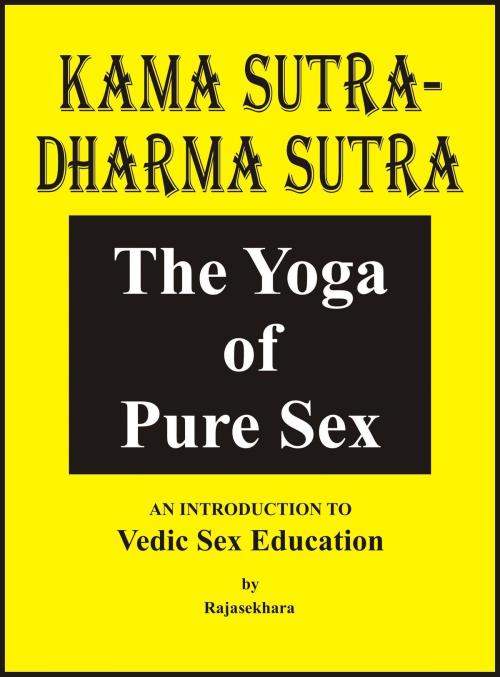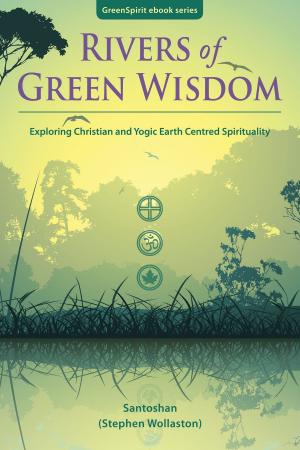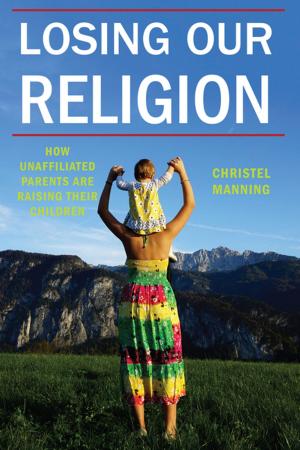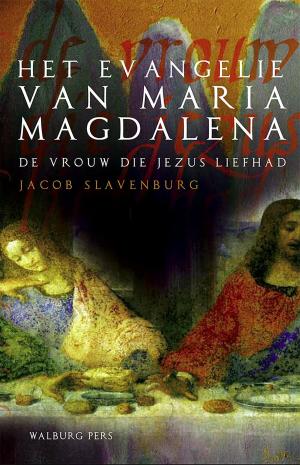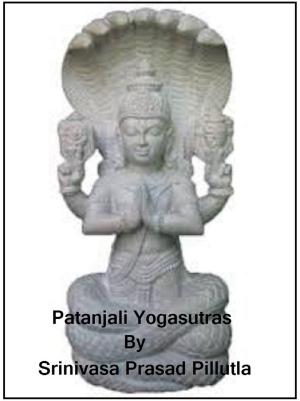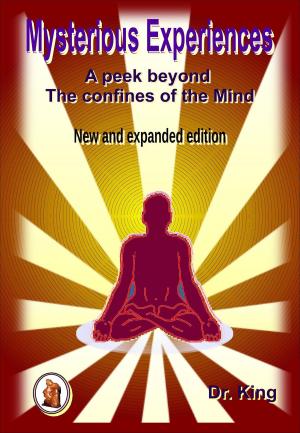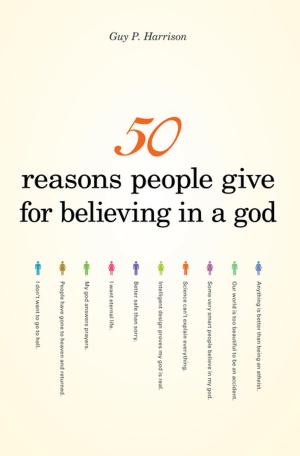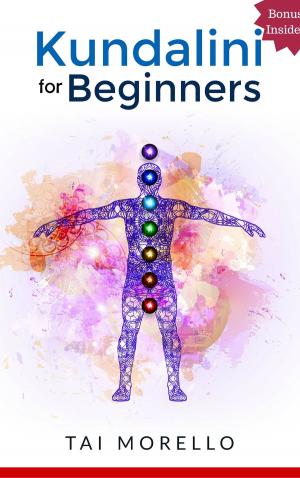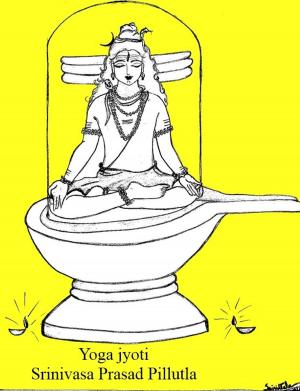Kama Sutra Dhama Sutra: The Yoga Of Pure Sex
Nonfiction, Religion & Spirituality, Other Practices, Agnosticism| Author: | Rajasekhara | ISBN: | 9781310809644 |
| Publisher: | Rajasekhara | Publication: | March 17, 2015 |
| Imprint: | Smashwords Edition | Language: | English |
| Author: | Rajasekhara |
| ISBN: | 9781310809644 |
| Publisher: | Rajasekhara |
| Publication: | March 17, 2015 |
| Imprint: | Smashwords Edition |
| Language: | English |
In the western world there have been many books written on the subject of sex education, and amongst the most well known is the Kama Sutra. Popularly known as the ‘Hindu book of love’, this ancient Hindu text by Vatsyayana, first appeared around the 2nd century CE, and is considered to be the standard work in the Sanskrit literature on human sexual behavior. An English translation of the Kama Sutra was first published in 1883 and since then it has became one of the most widely read books on sex education in the world. This book Kama Sutra-Dhama Sutra, belongs to a division of the Vedic literature's known as the dharma-shastras, or dharma-sutras, which are literature's that expound upon purely religious doctrine and law, the best known being the Manu-dharma-shastra, also called Manu Samita. The Manu Samhita is also considered to be one of the smriti-shastras and also referred to as the Manu-smriti. Other dharma-shastras include those authored by Vashista Muni, Gautama Rishi and Yajnavalkya Rishi. There is little difference between dharma-shastras and smriti-shastras, as the subject matters generally overlap. Of the Vaishnava School, the Narada-smriti, authored by Shila Narada Muni, also called Narada-pancharatra, is the most important smriti-shastra in the present age of Kali-yuga. Another important Vaishnava-smriti is the Hari Bhakti Vilas by Shrila Sanatana Goswami. The Vedic literature's are divided into two categories called sruti and smriti. The word ‘sruti’ means ‘that which is heard’ meaning ‘the word of God’, that emanates directly from the Supreme Being, such as the four Vedas namely; Rig, Sama, Yajur, and Atharva, and the Upanishads, The word ‘smriti’ means ‘that which is remembered’ and are literature's composed by great sages in pursuit of the Vedic conclusions and are explanatory in nature.
Although the Kama Sutra is one of the most comprehensive guides on the subject of kama or sex-life, it fails to address the spiritual dimension of sexual union, as well as the religious significance of procreation. For this reason the Kama Sutra and other similar literature's are classified amongst the less important Kama-khanda section of the Vedic literature's, consequently, the Kama Sutra of Vatsyayana does not penetrate the transcendental plane of God consciousness, which is the ultimate goal of Vedic knowledge. The Kama Sutra does not reveal the path of yoga through regulated sexual union; neither does it reveal the negative reactions to illicit-sexual indulgence outside of the religious mandate, or the negative reactions of illicit-sexual behavior. The Karma Sutra is therefore left wanting as it cannot lead the reader to the path of true knowledge, spiritual perfection, or liberation from the sufferings of material existence.
In today’s Godless and spiritually degraded society of the 21st century, where there is a profusion of sexually explicit material available through the mass-media and pornographic content can be downloaded to a mobile phone even by adolescent school children, there is an urgent need for a literature that comprehensively explains both positive and negative aspects of sex-life in all its varying manifestations. Such a literature has now appeared in the form of Kama Sutra-Dhama Sutra, which is the first book on Vedic sex education that clearly reveals the spiritual dimension of sexual union and the act of procreation as part of the yoga process that ultimately leads one to the path of pure religion and enlightenment. The Kama Sutra-Dharma Sutra is based upon the precepts and teachings of Sanatana Dharma, as revealed in the Vedic scriptures like the Upanishads, Vedanta Sutra, Srimad Bhagavatam and Bhagavad-gita. The Kama Sutra-Dharma Sutra, reveals not only the religious significance of sexual union, but also discusses its misuse through various acts of adulterous and perverted sexual behavior.
In the western world there have been many books written on the subject of sex education, and amongst the most well known is the Kama Sutra. Popularly known as the ‘Hindu book of love’, this ancient Hindu text by Vatsyayana, first appeared around the 2nd century CE, and is considered to be the standard work in the Sanskrit literature on human sexual behavior. An English translation of the Kama Sutra was first published in 1883 and since then it has became one of the most widely read books on sex education in the world. This book Kama Sutra-Dhama Sutra, belongs to a division of the Vedic literature's known as the dharma-shastras, or dharma-sutras, which are literature's that expound upon purely religious doctrine and law, the best known being the Manu-dharma-shastra, also called Manu Samita. The Manu Samhita is also considered to be one of the smriti-shastras and also referred to as the Manu-smriti. Other dharma-shastras include those authored by Vashista Muni, Gautama Rishi and Yajnavalkya Rishi. There is little difference between dharma-shastras and smriti-shastras, as the subject matters generally overlap. Of the Vaishnava School, the Narada-smriti, authored by Shila Narada Muni, also called Narada-pancharatra, is the most important smriti-shastra in the present age of Kali-yuga. Another important Vaishnava-smriti is the Hari Bhakti Vilas by Shrila Sanatana Goswami. The Vedic literature's are divided into two categories called sruti and smriti. The word ‘sruti’ means ‘that which is heard’ meaning ‘the word of God’, that emanates directly from the Supreme Being, such as the four Vedas namely; Rig, Sama, Yajur, and Atharva, and the Upanishads, The word ‘smriti’ means ‘that which is remembered’ and are literature's composed by great sages in pursuit of the Vedic conclusions and are explanatory in nature.
Although the Kama Sutra is one of the most comprehensive guides on the subject of kama or sex-life, it fails to address the spiritual dimension of sexual union, as well as the religious significance of procreation. For this reason the Kama Sutra and other similar literature's are classified amongst the less important Kama-khanda section of the Vedic literature's, consequently, the Kama Sutra of Vatsyayana does not penetrate the transcendental plane of God consciousness, which is the ultimate goal of Vedic knowledge. The Kama Sutra does not reveal the path of yoga through regulated sexual union; neither does it reveal the negative reactions to illicit-sexual indulgence outside of the religious mandate, or the negative reactions of illicit-sexual behavior. The Karma Sutra is therefore left wanting as it cannot lead the reader to the path of true knowledge, spiritual perfection, or liberation from the sufferings of material existence.
In today’s Godless and spiritually degraded society of the 21st century, where there is a profusion of sexually explicit material available through the mass-media and pornographic content can be downloaded to a mobile phone even by adolescent school children, there is an urgent need for a literature that comprehensively explains both positive and negative aspects of sex-life in all its varying manifestations. Such a literature has now appeared in the form of Kama Sutra-Dhama Sutra, which is the first book on Vedic sex education that clearly reveals the spiritual dimension of sexual union and the act of procreation as part of the yoga process that ultimately leads one to the path of pure religion and enlightenment. The Kama Sutra-Dharma Sutra is based upon the precepts and teachings of Sanatana Dharma, as revealed in the Vedic scriptures like the Upanishads, Vedanta Sutra, Srimad Bhagavatam and Bhagavad-gita. The Kama Sutra-Dharma Sutra, reveals not only the religious significance of sexual union, but also discusses its misuse through various acts of adulterous and perverted sexual behavior.
